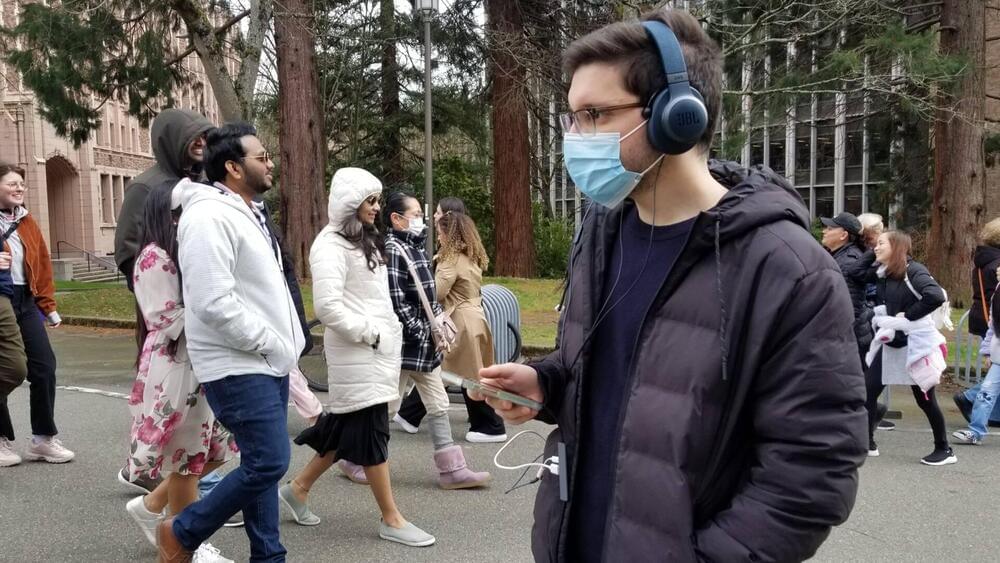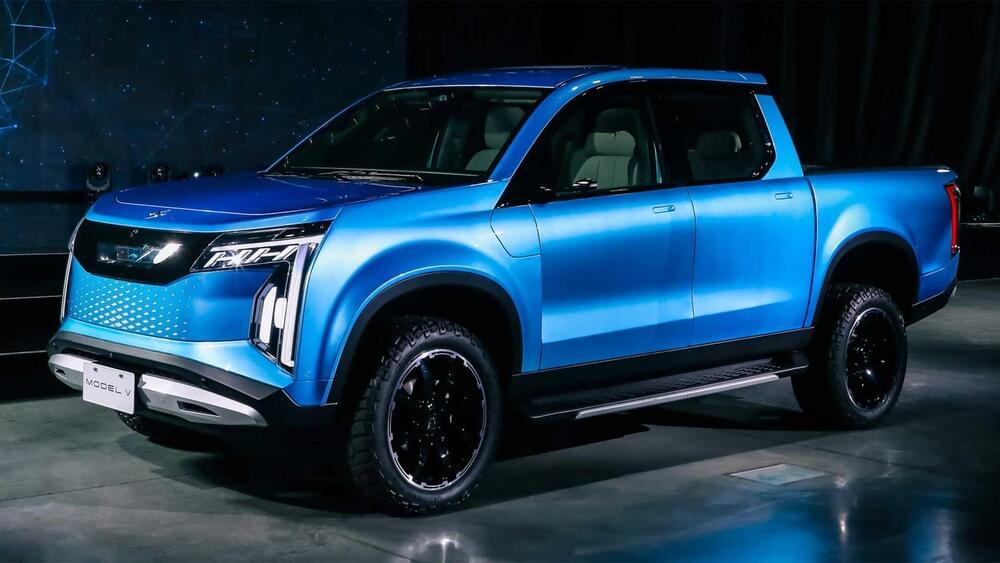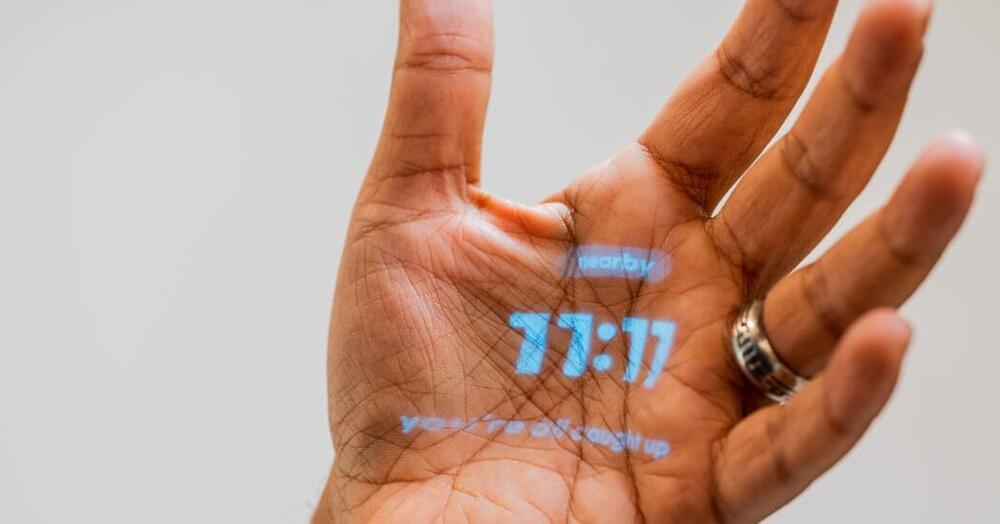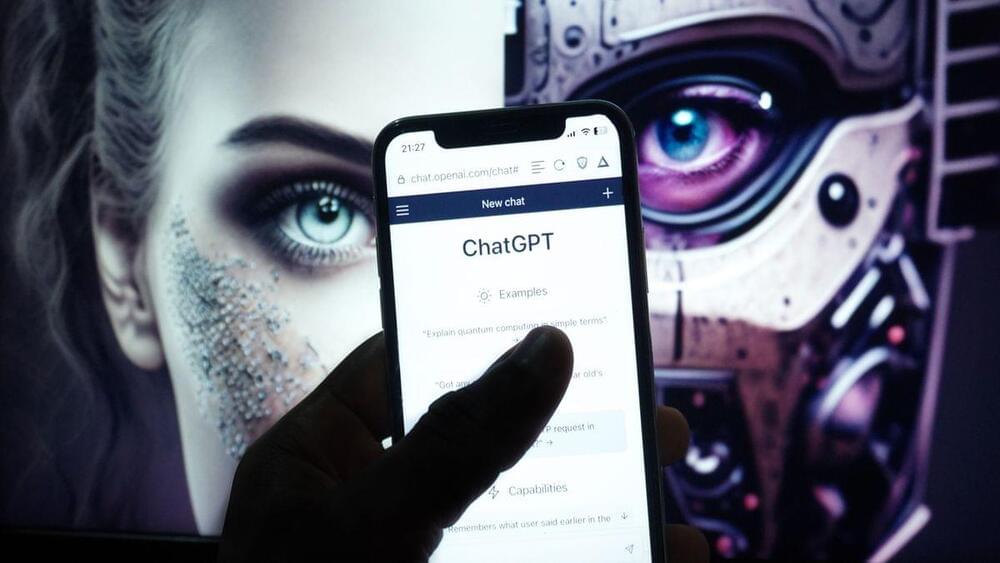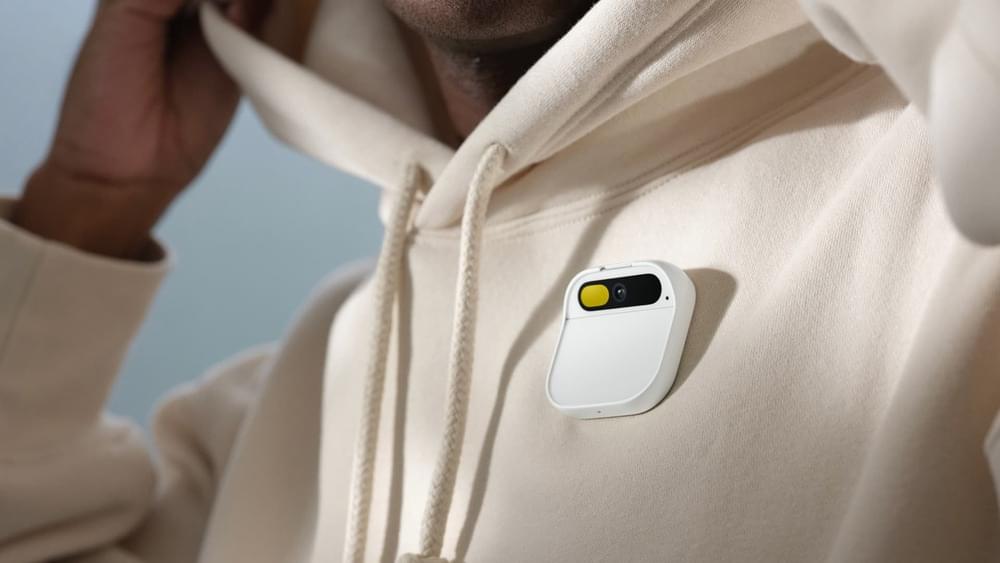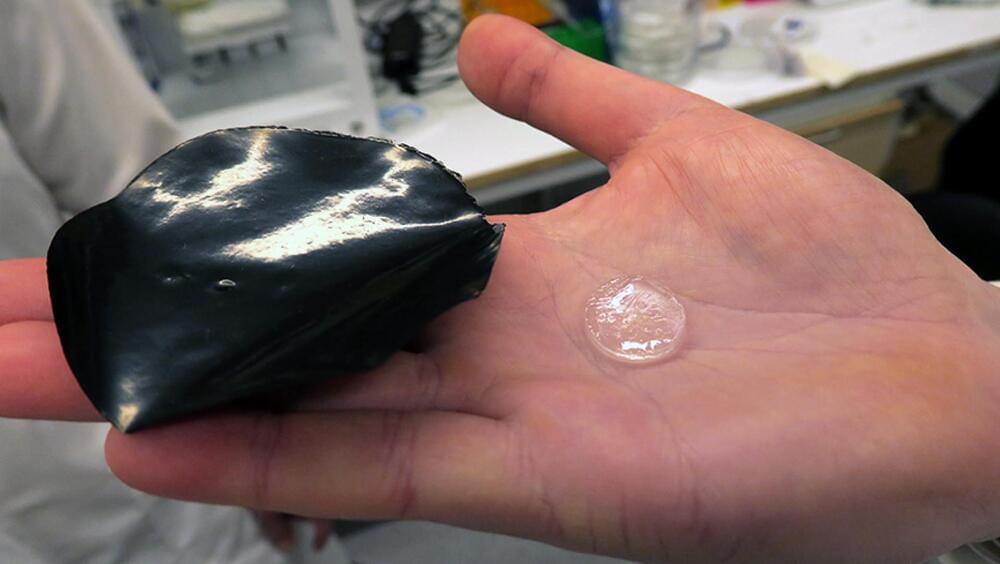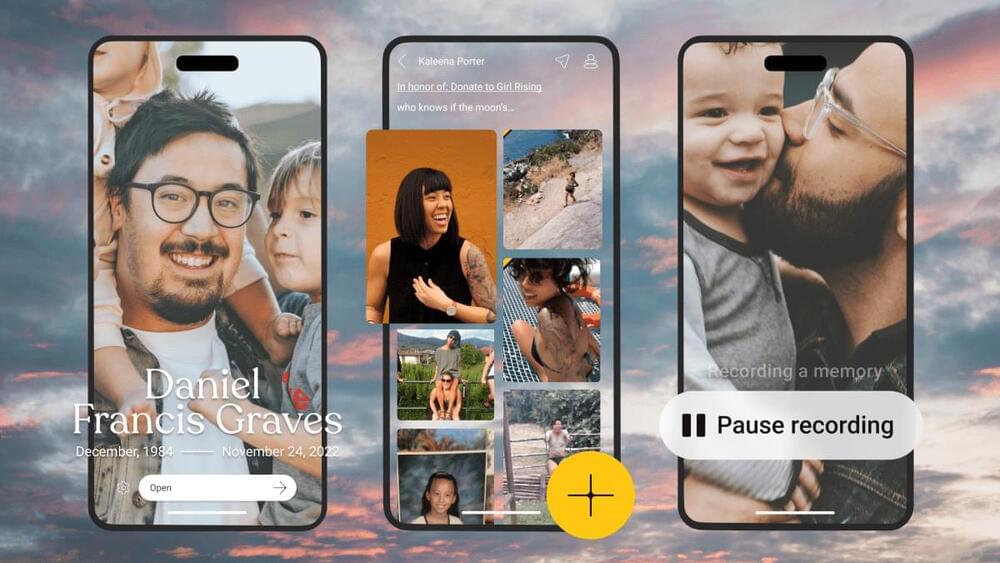Chptr, an app for sharing and holding onto memories of lost loved ones, has raised $1.5 million in seed funding. The app is designed to give people a way to encapsulate the life of their loved ones by inviting others to share and store stories, images, audio messages, videos and more all in one place.
The startup was founded in 2020 by Rehan Choudhry, who came up with the idea for the app when he was helping his wife, a news anchor at CBS New York, put together video tributes for the first victims of COVID-19 in New York City. Choudhry told TechCrunch in an interview that the pair was reaching out to the families, friends, neighbors and colleagues of the victims to paint a picture of what their life was like.
“The thing I realized after talking to a lot of families was that these videos served as almost a reunion point for people that they will continue to grieve around,” Choudhry said. “We noticed that the grieving process that would normally take 90 days was extended to months because they had something to rally around. So then the question for me was why doesn’t everyone on the planet have access to this because we all have smartphones and social media. So I went down the rabbit hole of discovery and it brought me to Chptr.”


